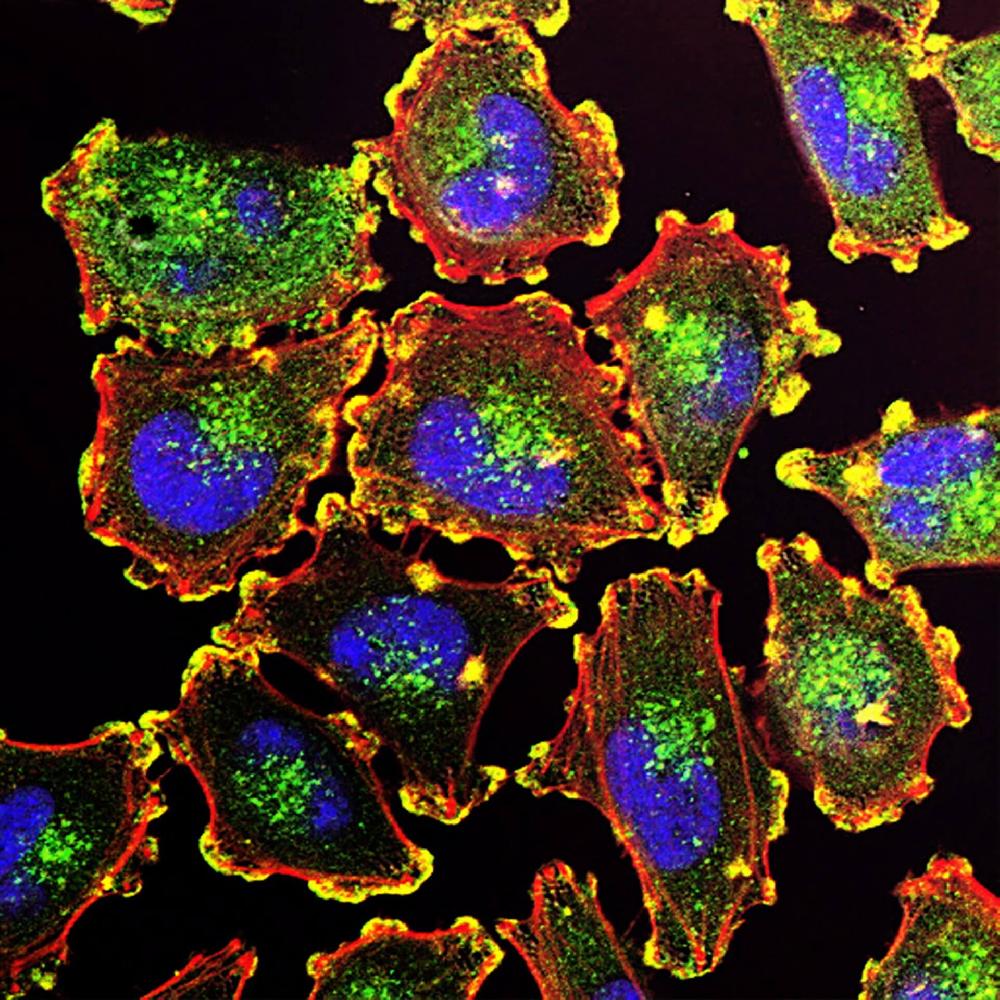This website uses cookies to ensure you get the best experience on our website.
- Table of Contents

Facts about Zinc finger FYVE domain-containing protein 26.

.
| Human | |
|---|---|
| Gene Name: | ZFYVE26 |
| Uniprot: | Q68DK2 |
| Entrez: | 23503 |

| Belongs to: |
|---|
| No superfamily |

DKFZp686F19106; DKFZp781H1112; FYVE domain-containing centrosomal protein; FYVE-CENT; KIAA0321zinc finger FYVE domain-containing protein 26; spastic paraplegia 15 (complicated, autosomal recessive); spastizin; SPG15; zinc finger, FYVE domain containing 26
Mass (kDA):
284.576 kDA

| Human | |
|---|---|
| Location: | 14q24.1 |
| Sequence: | 14; NC_000014.9 (67728892..67817293, complement) |
Strongest expression in the adrenal gland, bone marrow, adult brain, fetal brain, lung, placenta, prostate, skeletal muscle, testis, thymus, and retina. Intermediate levels are detected in other structures, including the spinal cord.
Cytoplasm, cytoskeleton, microtubule organizing center, centrosome. Midbody. Localizes to the centrosome during all stages of the cell cycle. Recruited to the midbody during cytokinesis by KIF13A.





PMID: 18394578 by Hanein S., et al. Identification of the SPG15 gene, encoding spastizin, as a frequent cause of complicated autosomal-recessive spastic paraplegia, including Kjellin syndrome.
PMID: 19084844 by Denora P.S., et al. Spastic paraplegia with thinning of the corpus callosum and white matter abnormalities: further mutations and relative frequency in ZFYVE26/SPG15 in the Italian population.